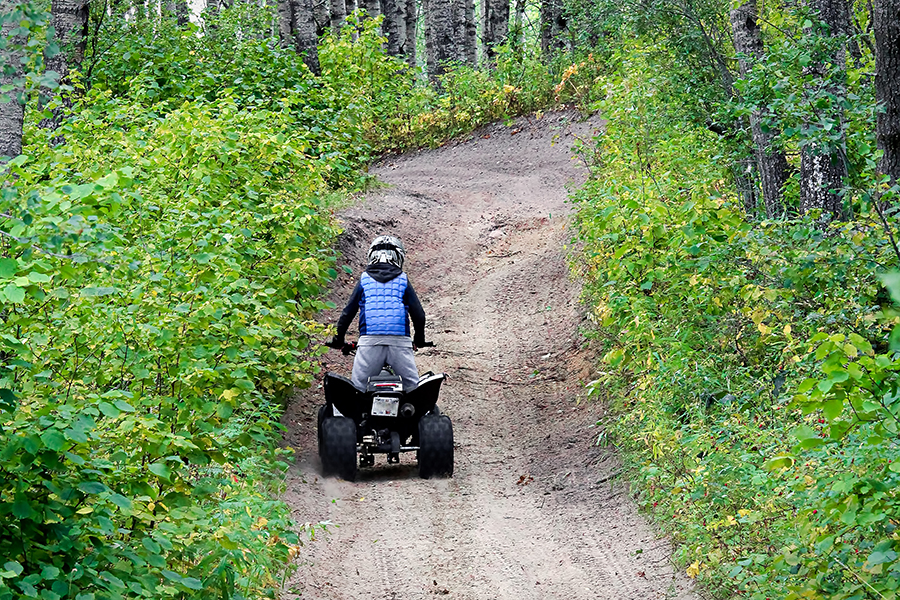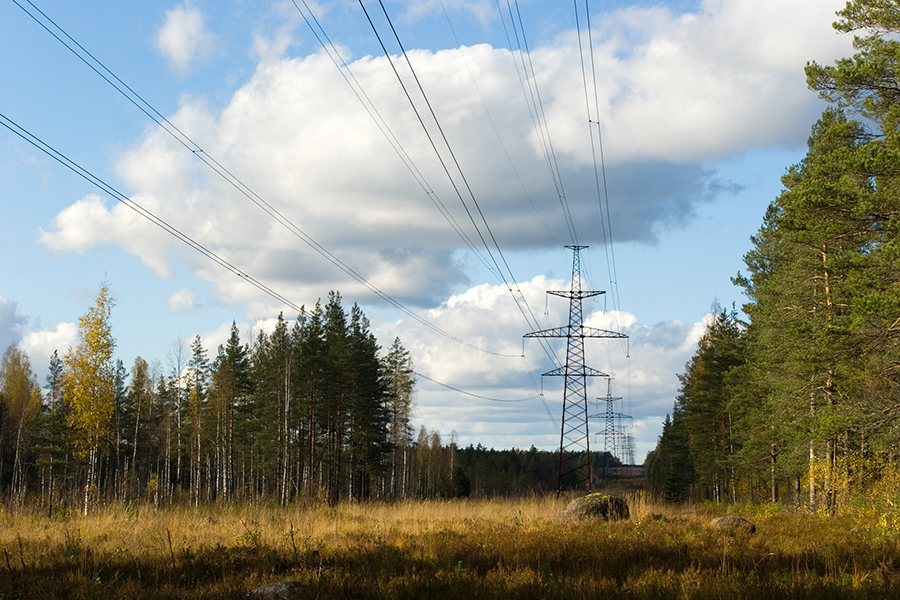Humans are responsible for more than half of all burns
Nature can’t hold a candle to human beings’ knack for setting forests ablaze. In the 2023 Alberta wildfire season (PDF), we sparked 61% of all fires, while lightning lit just 35% (4% remain under investigation).
That’s some 200,000 hectares burned annually by all causes, or about 3 times the size of Edmonton. It takes hundreds of firefighters and heavy equipment operators, and dozens of helicopters and air tankers – not to mention millions of dollars – to battle the blazes each year.
“For example, if Alberta gets 1,600 wildfires per year and half are lightning fires, we cannot prevent that,” says former Forest Technology instructor Chris Klitbo. “But the other 800 are preventable. Those fires are gobbling up resources.”
This is particularly a problem when those fires are near cities and towns, where human-caused fires tend to start, says Klitbo. To illustrate, he points to the Fort McMurray fire of 2016, which was likely caused by people and worsened by resources getting spread too thin.
“The reason [that fire] did not get air attack resources right away is that there was an existing fire right on the edge of Fort McMurray,” says Klitbo, who teaches wildfire management. “So that [closer] fire was high priority.”
The fire that would ultimately cause a mass evacuation and destroy 10% of all structures in town was initially seven kilometers away, he adds. “It was technically low priority. Unfortunately, the lack of air attack allowed it to get big. And then the weather conspired against them.”
How do we reduce the risk? We “be smart,” says Klitbo, and do our best to take action against some common contributors to incendiary statistics.
Arson

“You're always going to get the ones that are malicious,” says Klitbo. Deliberately set fires ranked third among human-caused blazes in Alberta.
The 2011 Slave Lake fire, for example, which destroyed almost 400 buildings and homes, was the result of arson. Any fire, regardless of suspected cause, should be reported immediately.
ATVs and other off-road vehicles

Alberta is particularly vulnerable to wildfires in remote areas because of resource access roads that double as ATV trails. Wet organic matter sticks to the underside of a machine then dries, is turned into hot coals by the muffler, and is then dropped into dry grass, rider unaware.
“That's a major cause of fires for this province,” says Klitbo. Cleaning before and during travel can reduce the risk.
Cigarettes

Conditions need to be just so for a cigarette to spark a fire, says Klitbo, but he’s not saying it’s safe to smoke in the woods. As Alberta summers get hotter and drier, Klitbo believes a flicked butt may more easily lead to trouble.
Power lines

“We’re a windy province,” says Klitbo.”If you're going to have trees near power lines, you're going to get fires.”
Trees contacting electricity infrastructure ranked fifth among six causes of Alberta wildfires in 2023. Power transmission companies are responsible for proper upkeep of rights-of-way; call them about potential problems.
Slash piles and agriculture

What can you do about a giant pile of forest debris set on fire by foresters or farmers? Nothing. It's a common practice. But they’re worth keeping an eye on.
“We're allowed to burn slash piles in the winter, in the logging industry,” says Klitbo. “The problem is that sometimes those piles will burn down into the ground and [the fires] overwinter.”
Agricultural land clearing has also led to fires, such as in 1968, when farmers lost control of debris burns that created a 133,500-hectare blaze (PDF) south of Slave Lake.
Camp fires

It’s all fun and flames until someone loses a forest. Recreational activities, including camp fires, accounted for most human-caused blazes in 2021. “Drown your fires,” says Klitbo.
It’s easy: Let them burn down, spread the embers around inside the fire pit, add water, repeat until no smoke or steam rises. When you can touch it, you’ve done your part.